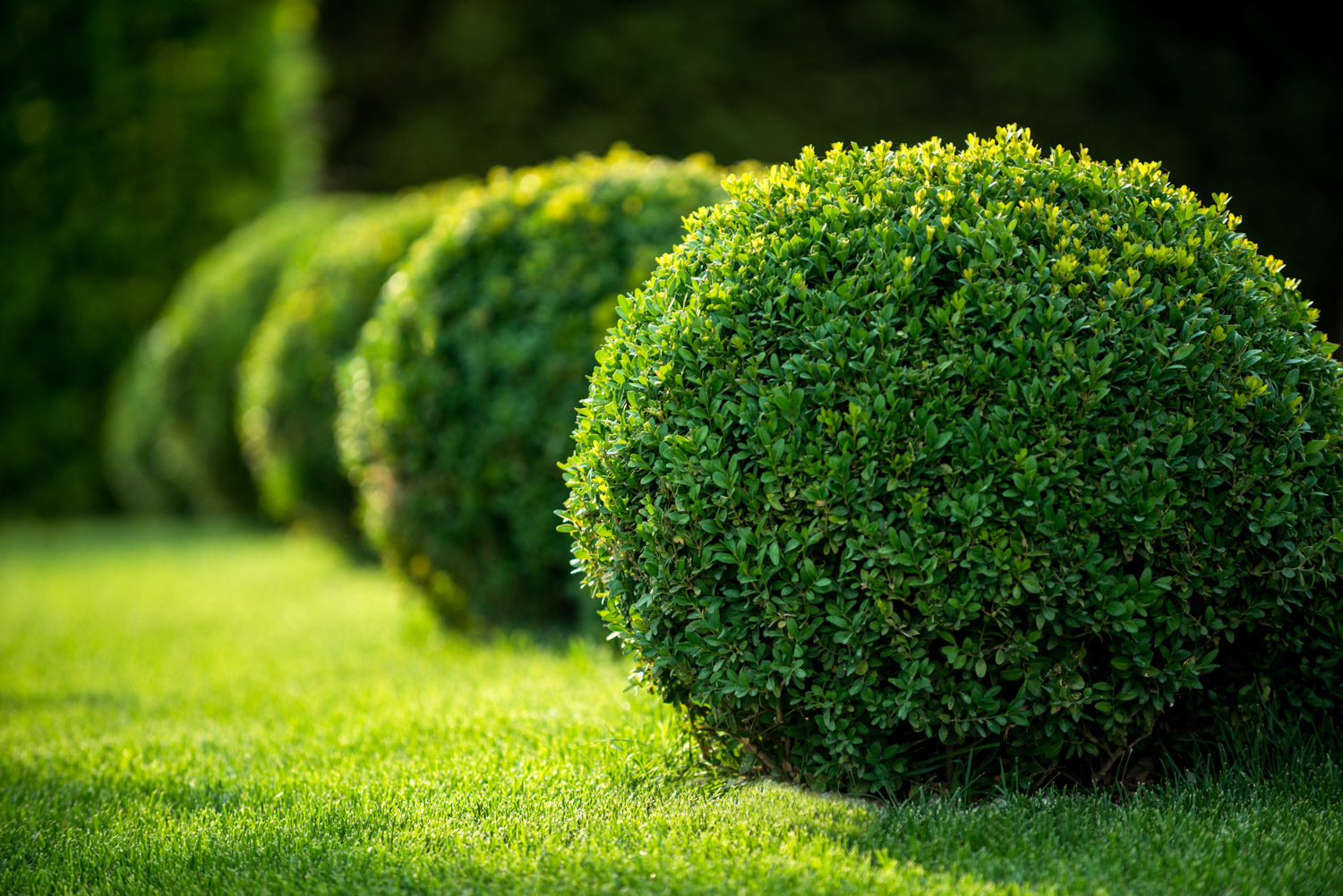
See all posts by this author
Spider mites are tiny arachnids that feed on plant cells, causing stippling, discoloration, and even leaf drop in severe cases. Boxwood spider mites can be particularly problematic for boxwood shrubs.

Photo courtesy of John A. Weidhass, Virginia Polytechnic Institute and State University, Bugwood.org
Of course, prevention and treatment for boxwood spider mites is included in a Plant Health Care subscription from Arborscapes. (As are myriad other pests and diseases) If you would like to become a part of our Plant Health Care program, reach out to Arborscapes today! Your living landscape will be the envy of the entire neighborhood!
For our friends who enjoy the DIY process, here are steps and methods to effectively manage and treat boxwood spider mite infestations:
Regular Inspection
- Frequently inspect your boxwoods for signs of spider mites. Look for stippling on the leaves, webbing, or the mites themselves, which are tiny and typically require a magnifying glass to see clearly. Checking the undersides of leaves is crucial, as this is where mites often congregate.
Water Sprays
- Use a strong jet of water to spray the boxwood, especially the undersides of the leaves. This can dislodge and kill many of the mites. Repeat this every few days during an active infestation.
Biological Controls
- Predatory Mites: There are species of mites, such as Phytoseiulus persimilis and Neoseiulus californicus, that feed on spider mites and can help control their populations.
- Other Predators: Lady beetles and lacewings can also be effective predators of spider mites.
Insecticidal Soaps & Oils
- Insecticidal soaps and horticultural oils can be effective against spider mites. They work by smothering the mites and are less harmful to beneficial insects.
- Neem oil is another option that can disrupt the life cycle of spider mites.
- Always follow the label instructions and test a small area first to ensure the plant doesn’t react negatively.
Chemical Miticides
- If the infestation is severe and other treatments are not effective, consider using a miticide specific to spider mites.
- Products containing abamectin, bifenthrin, or spiromesifen can be effective.
- Rotate different products to reduce the chance of mites developing resistance.
- Always follow label instructions, and consider the potential impact on beneficial insects.
Environmental and Cultural Controls
- Avoid using broad-spectrum insecticides for other pests, as these can kill the natural predators of spider mites, potentially leading to a spike in their populations.
- Spider mites thrive in hot, dusty conditions. Regularly rinsing your boxwoods during dry spells can help deter them.
- Properly spacing and pruning plants can increase air circulation, reducing conditions favorable for mites.
Maintain Plant Health
- Ensure your boxwoods are healthy. Proper watering, fertilization, and care can make them less susceptible to spider mite damage.
Remember, early detection and intervention are crucial for managing spider mite infestations effectively. Combining multiple strategies tends to yield the best results. If you would like to read more about boxwood spider mites, check out Oregon State’s website.
And if all of this sounds like too much work, contact Arborscapes to subscribe to our Plant Health Care program, and we will take care of this, other pests, fertilization and health concerns for your living landscape!
See all posts by this author
